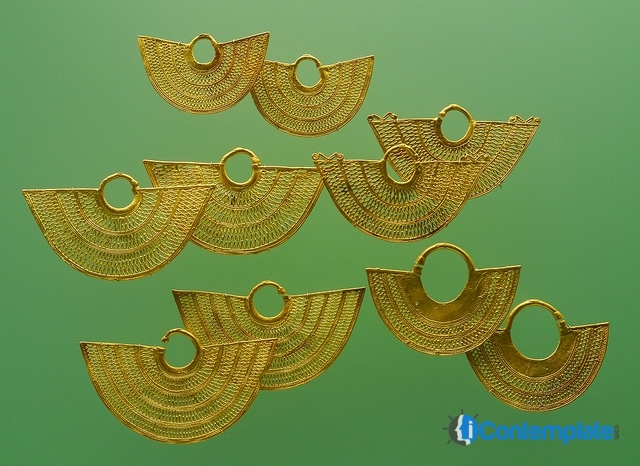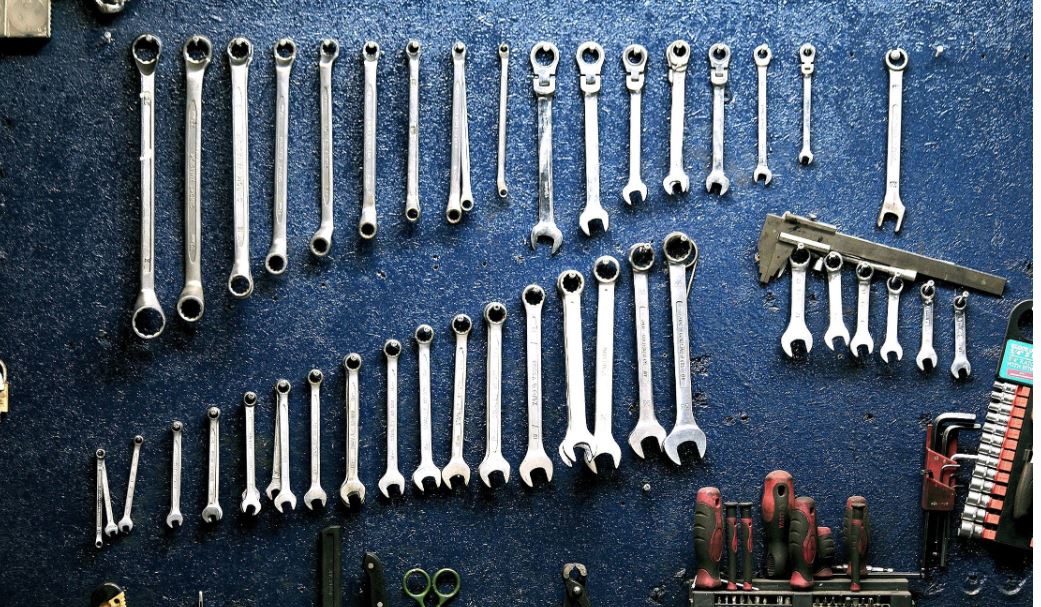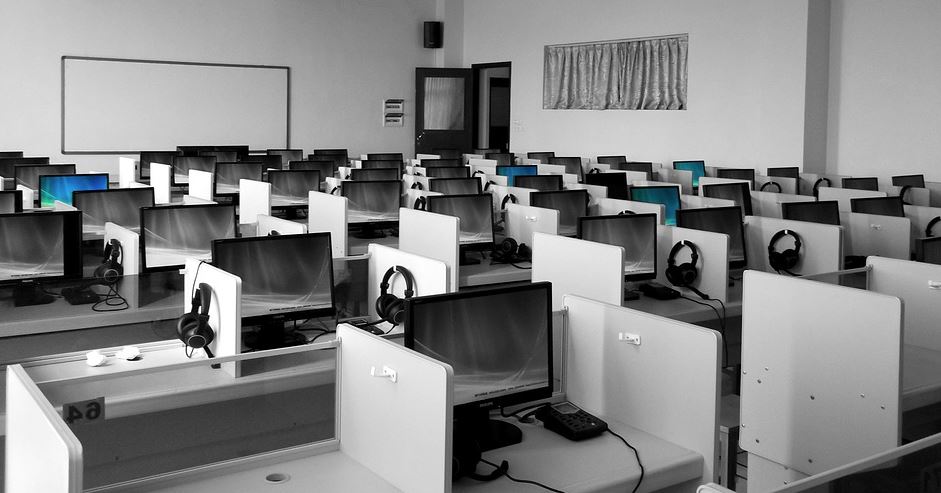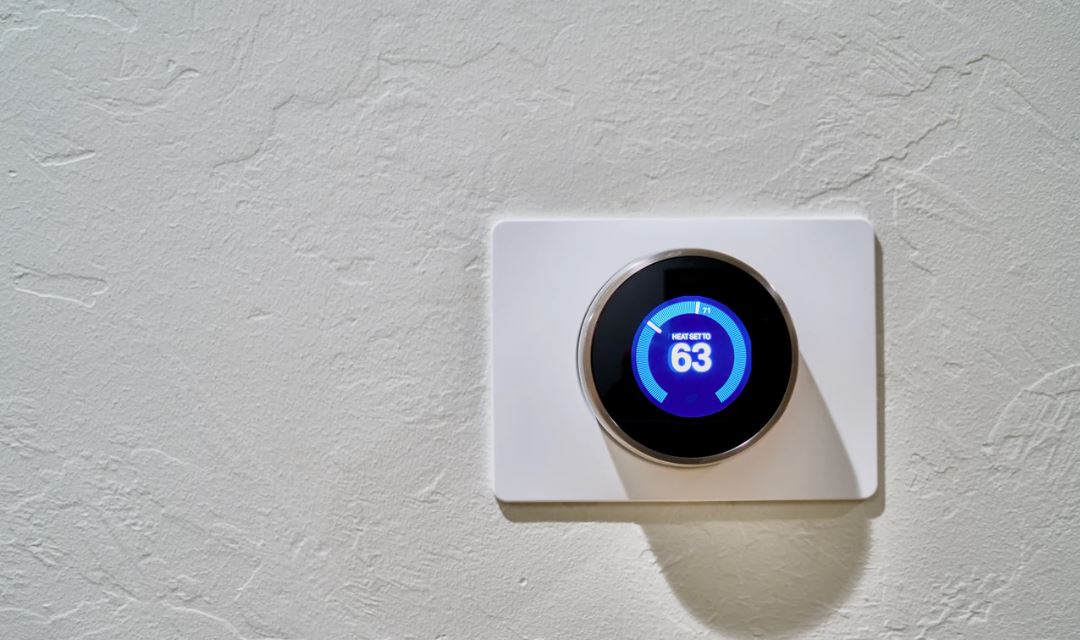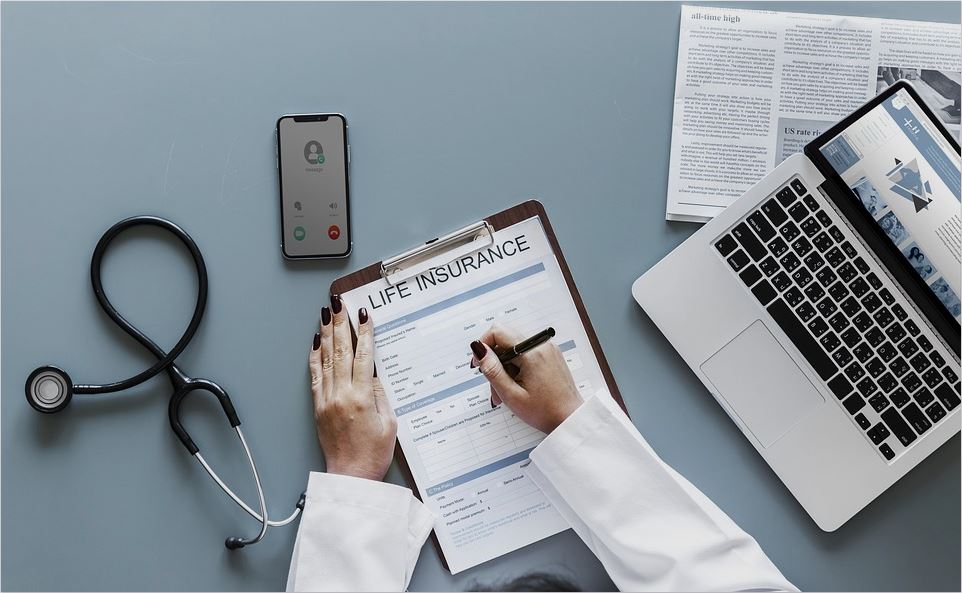If you’re looking for cash for gold and the best place to sell gold Melbourne, you’re going to need to ensure the gold items you have are pure. Even if you want to sell gold scrap Melbourne, you need pure pieces to ensure you get the best gold price.
So what exactly is “fake” gold? But typical standards, it’s anything less than 10 carats. The best way to find out if your gold is real if you want to sell gold jewellery is to take it to a certified jeweller to be tested. But, if you want to check it yourself before approaching gold buyers Melbourne, there are a number of tests you can do.
The Visual Inspection
Of course the first thing to do is to really look at your gold. Look for signs that point to real gold such as official markings including a stamp indicating fineness or karat. A magnifying glass will help a lot with this. Counterfeit pieces will usually have a marking that looks authentic so more testing may be needed.
Noticeable Discolouration
Look for discolouration around areas that undergo constant friction, such as around the edges. If the gold’s wearing off and showing a different metal underneath, the piece is likely gold plated.
Bite Test
When you want to sell scrap metal Melbourne and find out whether your pieces are authentic or not, try the bite test. Use a moderate pressure to bite down with.
Before you sell gold scrap in Melbourne, have a look for indents from teeth. Deeper markings are indicators of pure gold.
The Magnet Test
This one is easy. Get hold of a strong magnet from a hardware store to perform this test. Hold the magnet up to your piece of gold. If the gold pulls towards or sticks to the magnet, it’s not pure since gold is not actually a magnetic metal.
The Density Test
Gold is one of the densest metals. In fact, the density of pure 24K gold is approximately 19.3 g/ml – a lot higher than most metals. So measuring the density of your items will help to determine if your gold is real before you sell gold scrap in Melbourne. The higher the density, the purer your gold is.
Be sure to perform this test on gold that doesn’t contain any gemstones. A jeweller can usually weigh your pieces for you if you don’t have a scale. The gold will need to be measured in grams.
Another way to measure your gold is to fill a vial with water. The vial should have millimetre markings on its side so that you can easily read the measurements.
The amount of water you use is irrelevant so long as the vial isn’t filled to the top. Do take note of the exact amount of water both before and after you have immersed the gold.
The Ceramic Plate Test
This is one of the easiest ways to tell if your gold is pure or not. Do keep in mind that the item can end up scratched with this test, though. You will need an unglazed ceramic plate but if you don’t have one, you can easily buy any piece of unglazed ceramic from somewhere like a home improvement store. Take your piece of gold and drag it across the surface. If it leaves black streaks, your gold is not pure but gold streaks mean purity!
The Nitric Acid Test
Ever heard the term “acid test” when trying to sell gold scrap in Melbourne? It’s a fantastic way to test gold for purity. But it can be difficult to acquire acid and there are some inherent safety risks of conducting this test at home. It’s better to leave this one to a jeweller.
Here’s what you would have to do: place your item in a small stainless steel container and place a drop of acid of the gold. Watch out for any reactions with the acid. A green reaction means your item is gold plated or a base metal whereas a gold reaction means your piece is gold-plated brass.
A milky coloured reaction indicates gold-plated sterling silver and finally if there is absolutely no reaction, you are most likely to have a real gold item!
See? You can sell your Gold Chains. You can buy gold jewellery. Just make sure that it is real.
